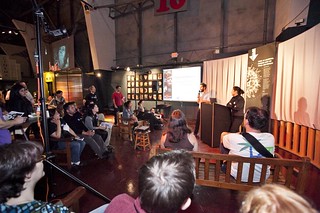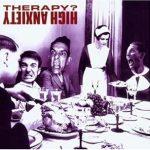Mental health articles
OF mental health care and mentally ill
principles of conducting exposure-based therapy
principles of conducting exposure-based therapy
Implementing exposure
Marks summarized the key principles of conducting exposure-based therapy as: live exposure is preferable to ‘fantasy exposure’, although the latter could be used ‘when the real stimuli evoking fear are not readily accessible for live exposure’.
Self-exposure (or self-directed exposure) is, generally, of equivalent value to therapist-aided exposure; longer exposure periods reduce fear more than shorter ones – 50-minute sessions are recommended; practice between treatment sessions should occur; in OCD completing the ritual was not a problem as long as the ritual did not terminate the exposure session; response prevention was better if self-imposed; rapid exposure (flooding) can yield better gains than graded exposure although it is important to go at the pace of the client; response-induction aids such as grading and varying the tasks, attending to all fear cues, modelling when necessary may be of value; modelling is of use to demonstrate tasks but is not necessary for all; praise for progress motivates the patient.
Clients are asked to maintain a diary of their anxiety rating before, during (at its worst) and after (just as the exposure is finishing) on a weekly basis. These serve to give both the client and therapist objective self-ratings of anxiety over time without having to rely on memory. Given these principles it is necessary to determine how they may be applied in practice.
Post Footer automatically generated by wp-posturl plugin for wordpress.
More from my site
Tags: exposure therapy, therapy









Leave a Reply